Exertional Compartment Syndrome Testing
Exertional compartment syndrome testing. There are various ways of performing this and the interpretation of. The healthcare provider may insert the needle in. Fascial hernias have been identified with decompression 40 of people with exertional compartment syndrome have these facial defects only 5 of asymptomatic people have such defects most common location is near the intramuscular septum of the anterior and lateral compartments where the superficial peroneal nerve exits.
After the patient completes a brief period of exercise inflate the sphygmomanometer on the symptomatic calf region until the region is painful. Pain then takes between minutes to hours to go. The usual pattern is a gradual increase in pain during continuous exercise to a point when the athlete has to stop.
Scientifically validated to diagnose exertional compartment syndrome Pressures. The test involves the insertion of a needle or catheter into your muscle before and after exercise to make the measurements. If the provider suspects compartment syndrome youll need a test to measure the pressure.
Another non-invasive method of identifying an exertional compartment syndrome is testing leg pain with a sphygmomanometer following a period of exercise. Compartment pressure measurement test. You may develop muscle weakness and sensory disturbance in the involved compartment.
This is a procedure to test the pressures in one or more of the lower limb compartments often the anterior or deep posterior compartments to diagnose or exclude chronic exertional compartment syndrome CECS. Compartment test before and after exercise the gold standard and only test. The provider will insert a needle into the muscle.
Intracompartmental pressure testing is considered the gold standard for investigating chronic exertional compartment syndrome CECS and is the primary investigation used to decide on whether to proceed with surgical intervention. CECS is confirmed with a specialised investigation. Do this with the unaffected calf as well.
Diagnosis of exertional compartment syndrome is made by performing a. Lower-extremity CECS is most often observed in running athletes and marching military members.
Normally rise with exercise but should return to baseline within 5 minutes after.
The test involves the insertion of a needle or catheter into your muscle before and after exercise to make the measurements. Upper-extremity CECS is most commonly seen in rowers and professional motorcyclists. Scientifically validated to diagnose exertional compartment syndrome Pressures. Patients then experience an aching pain in the compartment that becomes sharp if they continue activity. Another non-invasive method of identifying an exertional compartment syndrome is testing leg pain with a sphygmomanometer following a period of exercise. During the test for suspected Exertional Compartment Syndrome you will be asked to reproduce your leg pain usually by provoking your symptoms on a treadmill. The usual pattern is a gradual increase in pain during continuous exercise to a point when the athlete has to stop. Exertional compartment syndrome occurs when the muscles expand during exercise and the fascial covering around the muscles becomes too tight. The healthcare provider may insert the needle in.
A machine attached to the needle will give the pressure reading. Patients then experience an aching pain in the compartment that becomes sharp if they continue activity. Exertional compartment syndrome occurs when the muscles expand during exercise and the fascial covering around the muscles becomes too tight. There are various ways of performing this and the interpretation of. If the provider suspects compartment syndrome youll need a test to measure the pressure. Fascial hernias have been identified with decompression 40 of people with exertional compartment syndrome have these facial defects only 5 of asymptomatic people have such defects most common location is near the intramuscular septum of the anterior and lateral compartments where the superficial peroneal nerve exits. Normally rise with exercise but should return to baseline within 5 minutes after.
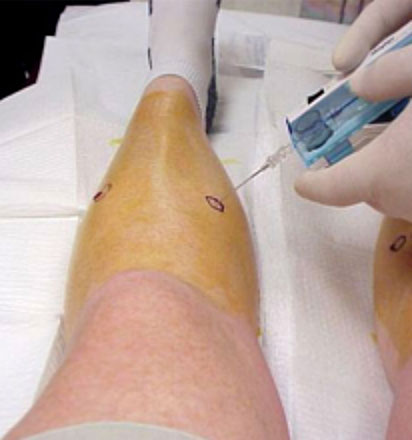






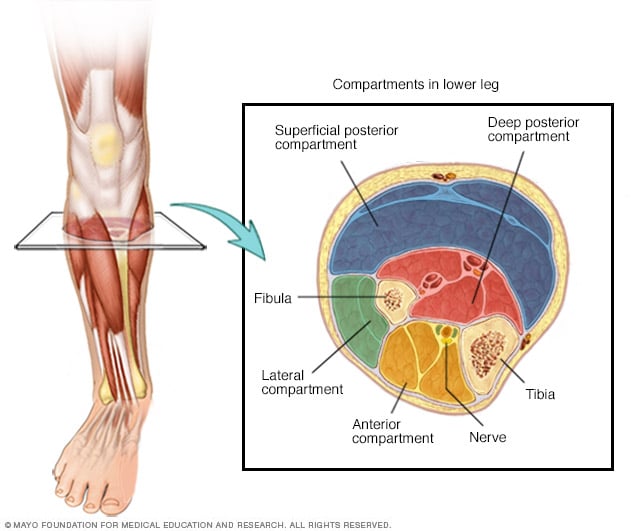
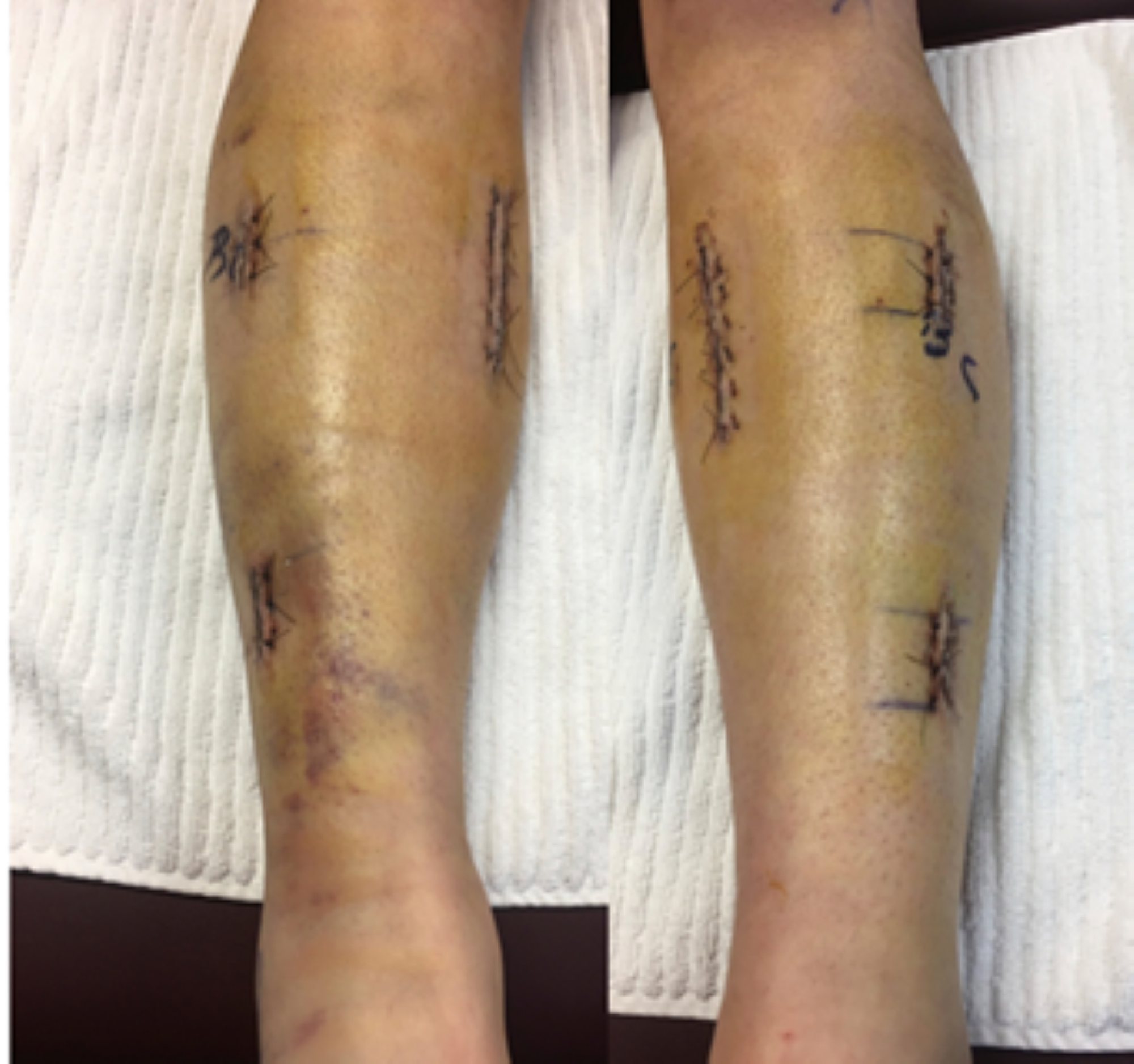


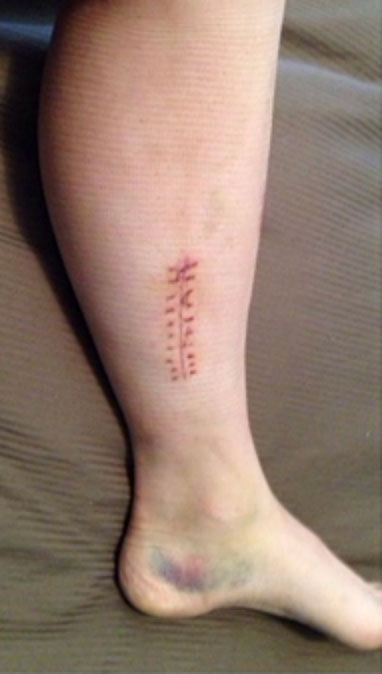

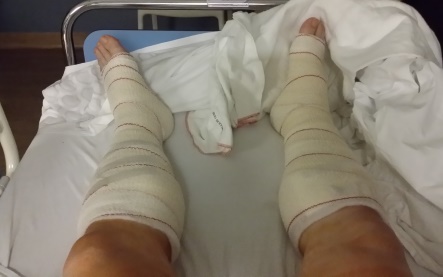


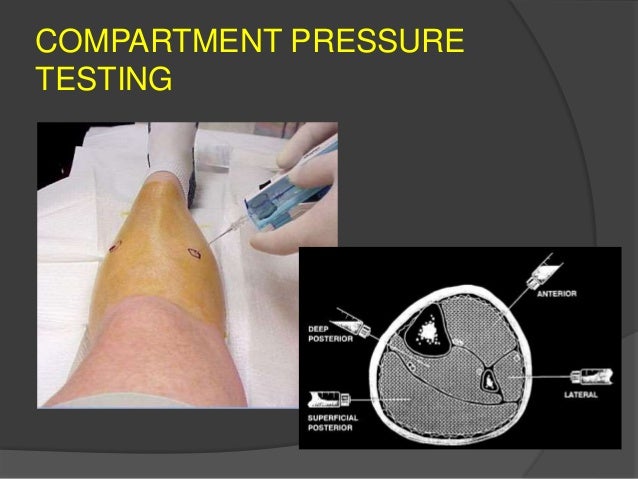


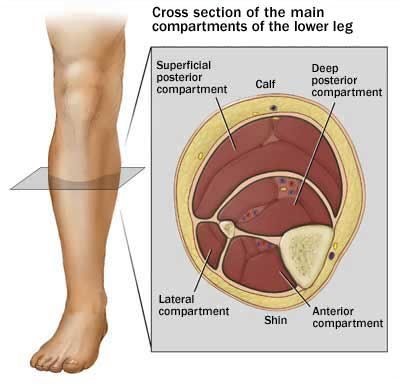

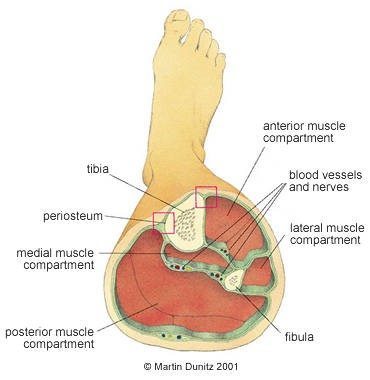





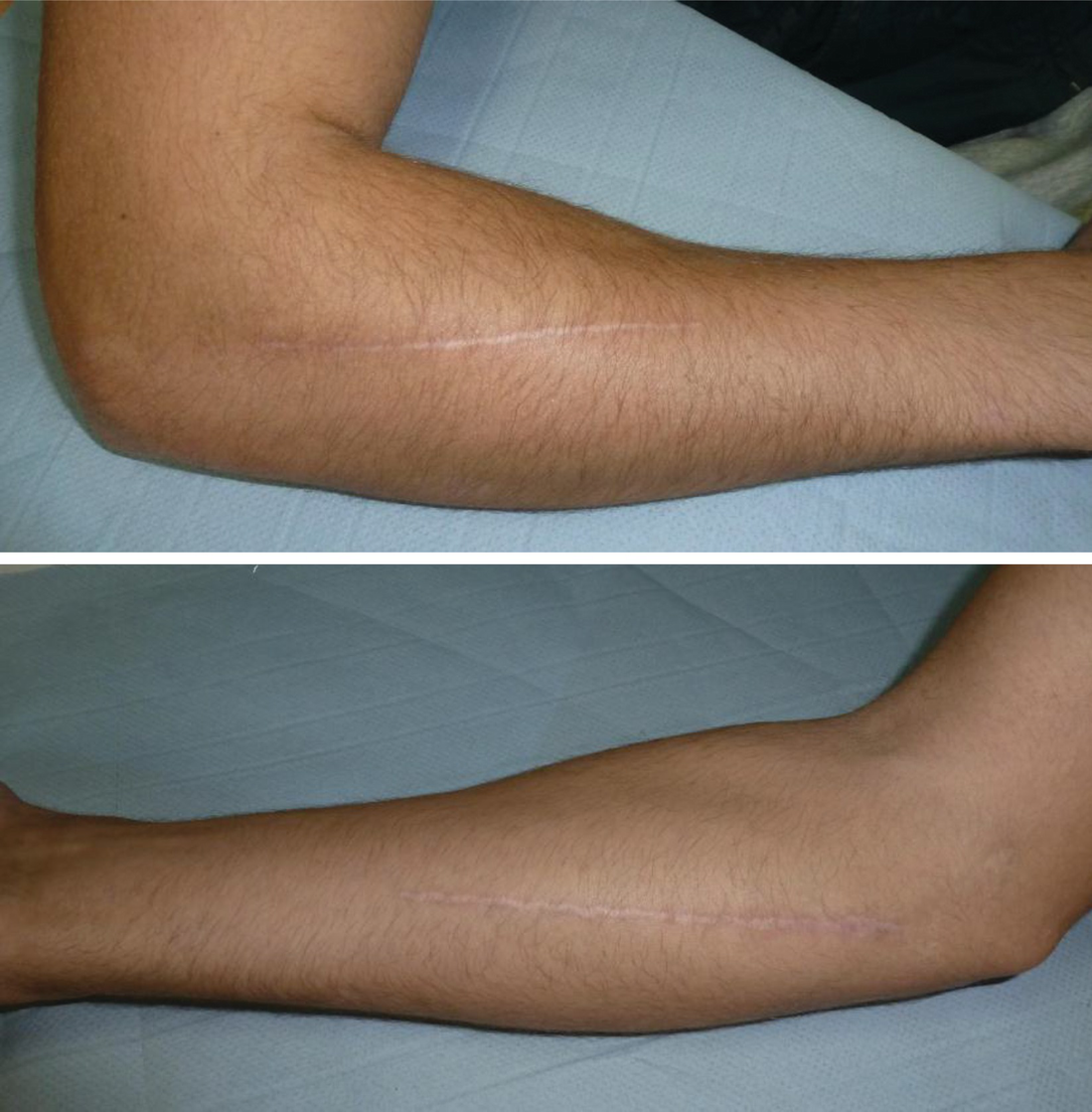

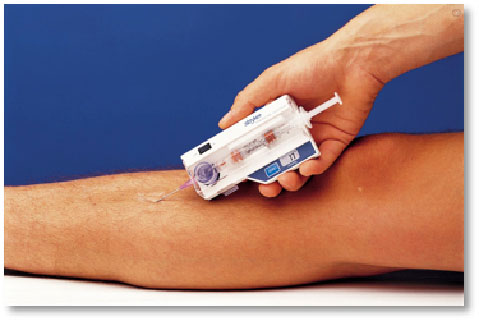








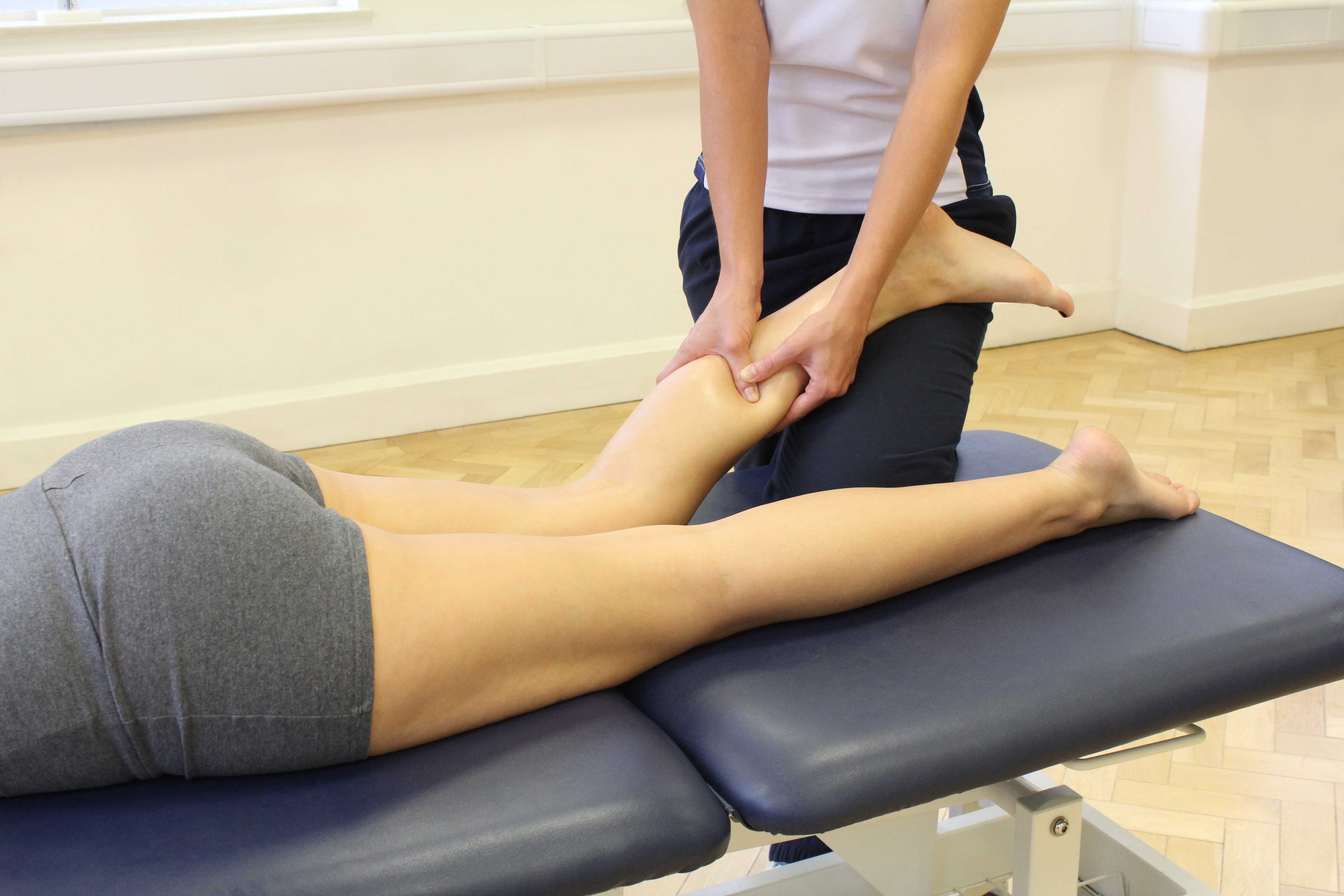






Posting Komentar untuk "Exertional Compartment Syndrome Testing"